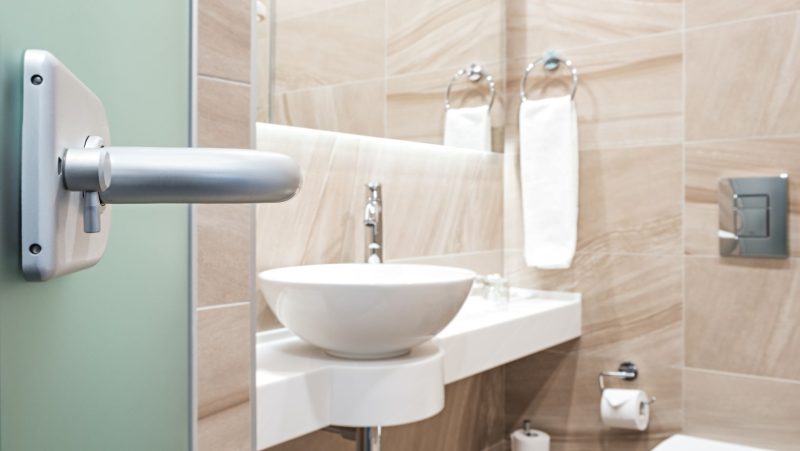
Choosing the right siding for your home can be a tough decision. With so many options out there, each with its own set of pros and cons, it can be overwhelming. This guide will help you navigate through the different types of sidings, helping you make an informed choice that suits your home’s needs and your budget.
Vinyl
Vinyl siding, a popular choice among homeowners, has several advantages. The people working at KV CONSTRUCTION LLC can explain how its primary merit lies in its affordability, often offering the lowest cost compared to other siding options. Further, vinyl is exceptionally durable, able to withstand harsh weather conditions, and is virtually maintenance-free, requiring only an occasional washdown. Also, its wide range of colors and styles allows homeowners to customize the exterior of their homes to their liking.
On the other hand, vinyl siding isn’t without drawbacks. While it’s durable, damage to vinyl siding, such as from intense storms or impacts, can require the replacement of entire panels, as it’s not easily repaired. Moreover, despite its range of colors, vinyl siding can fade over time due to prolonged exposure to the sun. Lastly, it’s non-recyclable, making it less attractive to environmentally conscious homeowners.
Wood
Wood siding, a classic choice, is cherished for its natural beauty and versatility. It can be painted or stained in any color, offering endless customization options. Furthermore, wood has excellent natural insulation properties, making your home energy-efficient. When well-maintained, wood siding can last for decades, adding value to your property.
However, wood siding demands substantial maintenance to prevent issues like rot, insects, and warping. Regular painting or staining is crucial to prevent damage from moisture or pests. Wood is also more susceptible to fire compared to other siding options. Furthermore, it’s a more expensive option, both in terms of initial cost and long-term maintenance. Finally, the installation process is labor-intensive, potentially increasing the overall project cost.

Fiber Cement
Fiber cement has become a popular home siding solution accross the world, and for good reason. Here are some of the benefits:
- Durability
- Fire resistance
- Pest resistance
- Low maintenance
- Moisture resistance
- Versatility in design
- Long lifespan
- Pant retention
- Environmentally friendly
- UV resistance
- Insurance benefits
Despite its merits, fiber cement siding isn’t without its downsides. The installation process is labor-intensive, often necessitating professional assistance, which increases overall project costs. Fiber cement is also substantially heavier than other siding options, potentially requiring additional structural support.
Moreover, while it’s more durable than wood, it’s not as impact-resistant as vinyl. Lastly, despite its overall resistance to pests and moisture, fiber cement may still need occasional resealing and repainting to maintain its appearance and durability.
Metal
Metal siding, often made from steel or aluminum, can be a good choice for homeowners. Its benefits include durability, fire resistance, and low maintenance. Steel siding, in particular, can withstand harsh weather conditions and doesn’t warp or crack. Furthermore, metal siding comes in a variety of styles and finishes, offering a modern aesthetic and high design versatility.
However, metal siding also has drawbacks. First, it can be prone to rust if not properly treated or maintained. Second, it can be more expensive than other types of siding, especially for high-quality materials. Lastly, it can dent upon impact and noise can be an issue during heavy rain or hail.

Brick
Brick siding is a timeless choice favored for its classic aesthetic and impressive durability. Being fire-resistant, it adds a layer of safety to homes. It is also low-maintenance, requiring minimal upkeep once installed, and can withstand adverse weather conditions, enhancing its lifespan. Moreover, brick’s natural thermal mass properties contribute to energy efficiency.
However, its installation is labor-intensive and requires professional masonry skills, which can significantly hike up costs. Brick is also more expensive than other siding options, both in terms of material and installation costs. Furthermore, it doesn’t offer as many customization options in terms of color or style compared to other siding materials. Lastly, if not properly maintained, brick can be susceptible to moisture absorption, leading to potential damage over time.
Stucco
Stucco siding is renowned for its unique aesthetic and durability, providing a Mediterranean or Spanish look to homes. It’s highly resistant to fire and pests, and with the right mix and application, has a long lifespan. Stucco also offers a wide range of color options since pigment can be added directly to the mix.
However, stucco requires professional installation and regular maintenance, including sealing to prevent cracks and water damage. Additionally, it may not be suitable for regions with high humidity or heavy rainfall, as moisture can lead to deterioration over time. Lastly, repairs can be challenging since it’s difficult to match the color and texture of the original stucco.
In choosing the perfect siding for your home, weigh the pros and cons of each option carefully. Every material has its strengths and weaknesses, and the best choice varies depending on your budget, maintenance ability, and aesthetic preference. Remember, the right siding not only enhances your home’s exterior but also protects it from the elements. Choose wisely, your home’s future depends on it.











